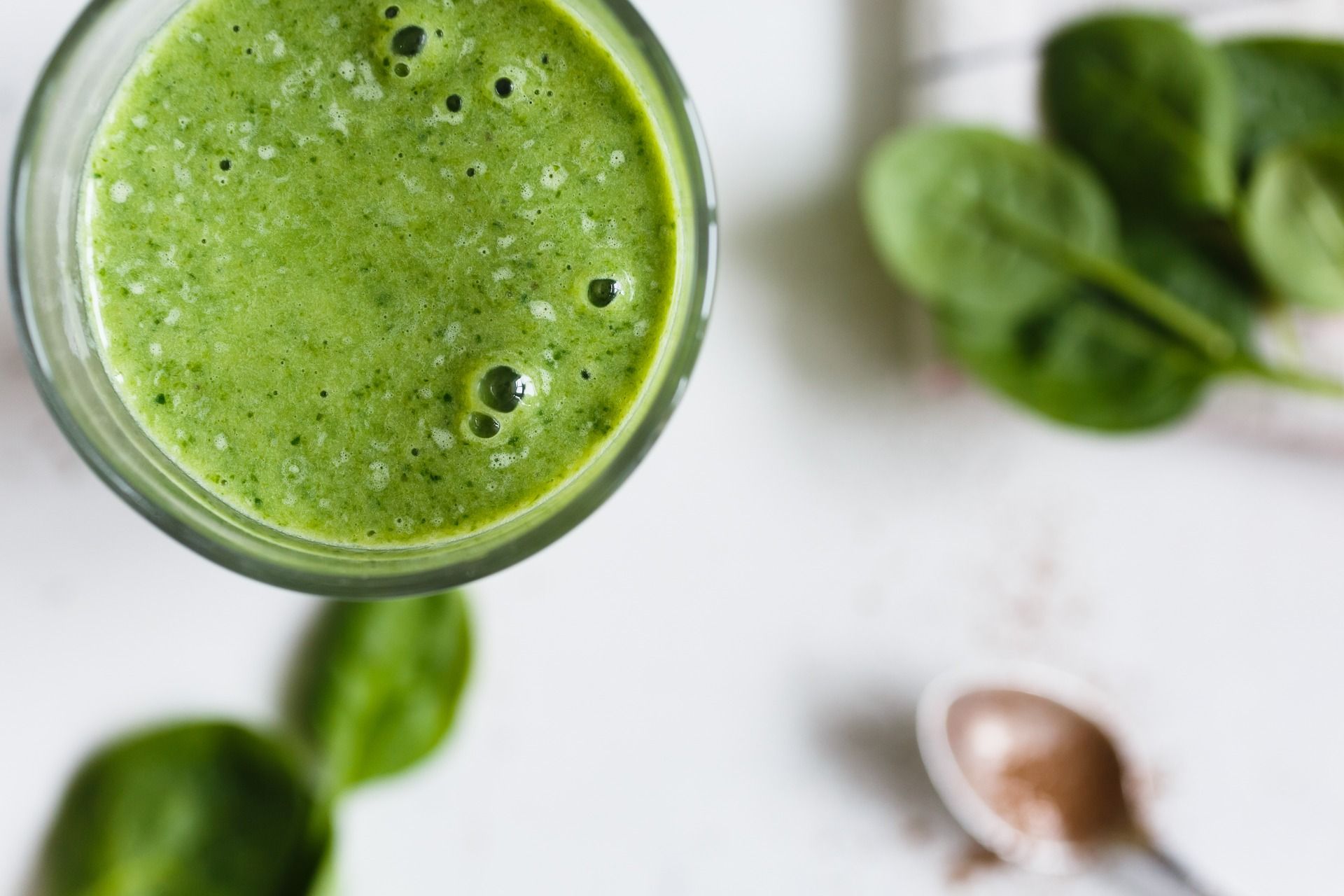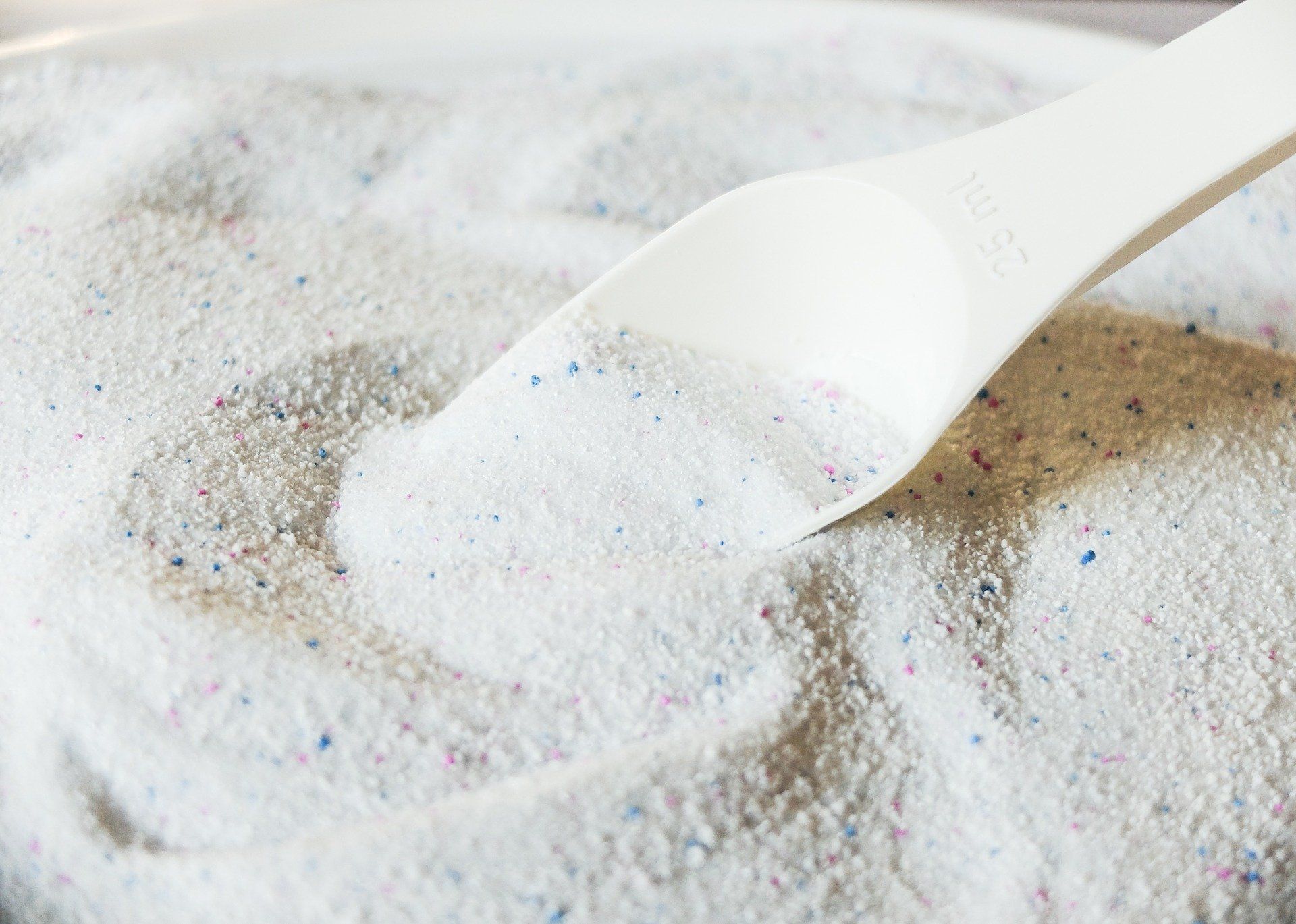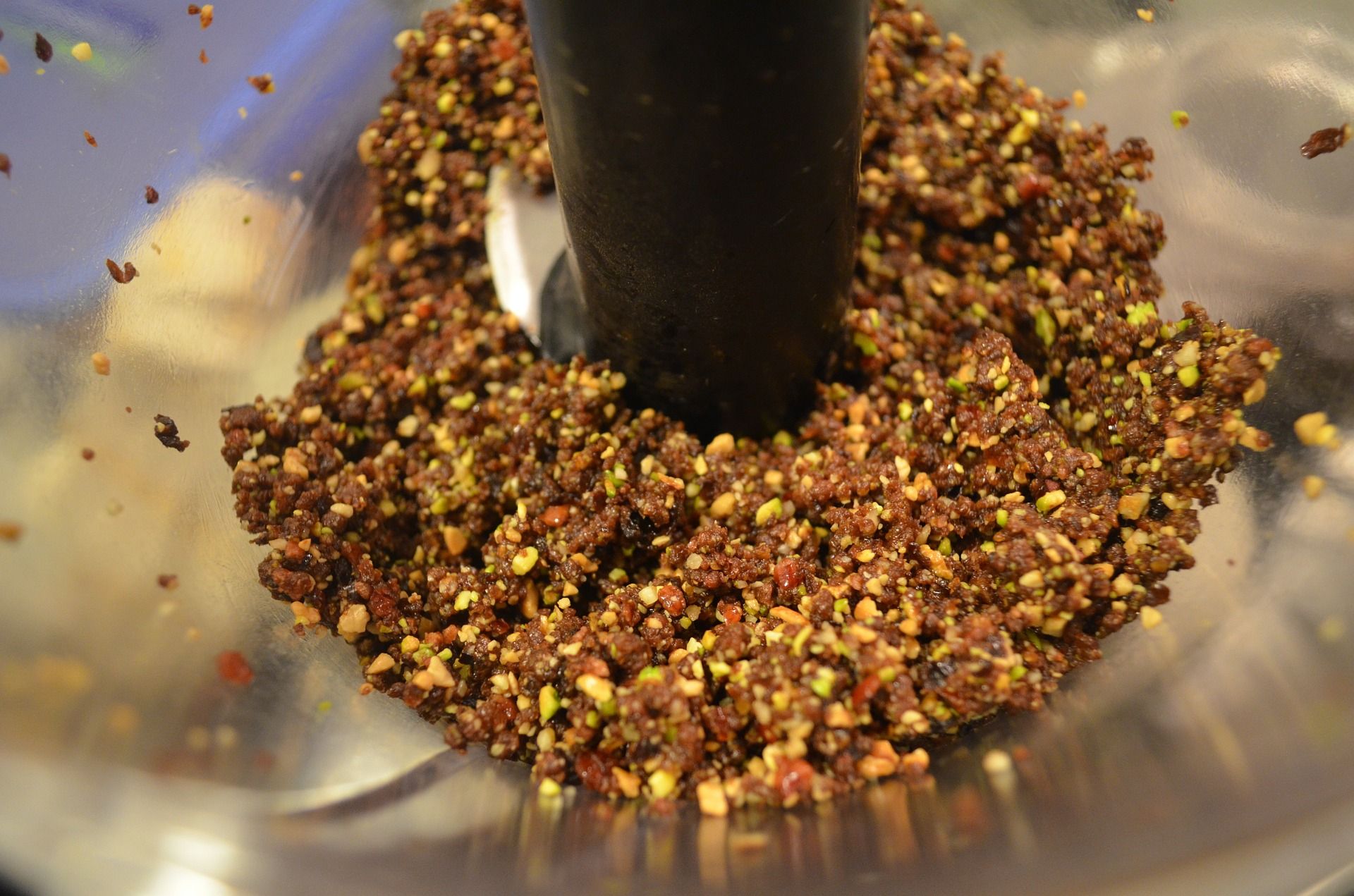Anyone who has ever baked a cake knows this.
The ingredients eggs, sugar, butter, flour, cocoa, baking powder and cinnamon only make a delicious chocolate cake, if the ingredients are mixed together.
If you didn’t mix the ingredients and put them into the baking tin separately, the result after baking would be a disaster.
But if the ingredients are completely mixed, the result is a real treat for the palate.
Mixing
The aim of mixing is to mix separate or heterogeneously distributed substances in such a way that the distribution of all substances within the whole mixture is as homogeneous as possible.
Do you know the difference between a mixture, a suspension, a smoke, an emulsion, a spray, a foam and a blend?
Mixture - solid in solid
Suspension = solid in liquid
Smoke = solid in gas
Emulsion = liquid in gas
Foam = gas in liquid
Hard foam = solid in gas
Blend = a substance consisting of two or more pure substances that are not chemically combined

How to create a homogeneous mixture of solids?
Machines can generally fulfill these requirements much better than humans can with manual work and are able to produce larger quantities in a shorter time and with reproducible quality.
However certain prerequisites must be met:
◾ The intensity and direction of the force input should change constantly
◾ The ingredients should be mixed at the appropriate speed
◾ The required mixing time shold be observed
◾ Every area in the container must be covered by the mixing process
◾ The particles of similar size but different weights are mixed evenly.
How To Describe Mixers?
Often it is a mix of two or three of the following criteria:
◾ Process - batch or continuous mixer
◾ Orientation of the mixing tools - horizontal or vertical mixing shaft
◾ Number of mixing shafts - single, double, or multiple shaft mixer
◾ Mixing material acceleration - supercritical or subcritical
◾ Type of energy input - dynamic or static
◾ Methods of application - concrete, laboratory, dry mixer, etc.
◾ Design - drum, tube, disc, cone mixer, etc.
Which mixing process is the right one for my material?
Let us have a look at the pros and cons of both mixing processes. They mostly depend on the processed material and the required results.
Continuous mixing
Advantages
- High throughput
- Easier integration into a fully automated production process with constantly required quantities
- Intermediate storage and transport of the mixture can be eliminated, thus also avoiding segregation effects
- The mixing systems es are smaller and less energy-intensive in operation
Disadvantages
- The maximum achievable degree of mixing is lower than with the discontinuous mixing process
- When changing products, downtimes are incurred not only for cleaning the continuous mixer but also for the preceding and following production processes or for the entire plant.
For this reason, two mixers running in parallel are often used in practice.
While one mixer is idle and being cleaned, production can continue via the other mixer.
Discontinuous mixing process
This process is recommended, if the mixing material is changed frequently or the mixing process has to be adjusted again and again. The mixers required for this are also called batch mixers.
Advantages
- These mixers can achieve a higher degree of mixing than continuous mixers
- Can be used variably
Disadvantages
- Segregation effects can occur during discharge, which must also be avoided during intermediate storage and further transport
- They require more space
- Usually consume more energy.

How do you assess whether a homogeneous distribution of all substances has been achieved by mixing?
A mixing process is successful if a random sample from the total mixture contains the substances in the proportion in which they were added to the mixture.
Example: You mix a bucket of concrete in the ratio of 1 part cement and 4 parts gravel with a little water. Then you take a ladle of concrete. This partial quantity from the bucket should contain, in addition to the water, if possible exactly 4 times as much gravel as cement.
If this is not the case, then the mixing was poor.
Further challenge is the time between the finished mixture, its packaging and transportation.
Many mixtures tend to segregate and must be remixed before use.

Good to Know about Mixing
Efficiency: the mixing process should be as short as possible while reliably achieving the desired mixing.
Danger: due to friction and/or chemical reactions of the substances, heat and/or gas can be generated during the mixing process.
Storage: due to micro vibrations in the storage room and sonic waves (e. g. running production equipment) solids can partially segregate.
Emulsion and suspensions: generally tend to segregate themselves and must be remixed before use.
It is recommended to measure the degree of mixing in the production with the same method that will later be used in the quality control
We put a lot of energy and ❤ into any new project, so that you can achieve your goals.
If you need additional mixing capacities in food or for any chemical product and need our help
Then take some action and invest few minutes of your time.
Be our guest.
Book directly a FREE strategy meeting to discuss your individual project.

